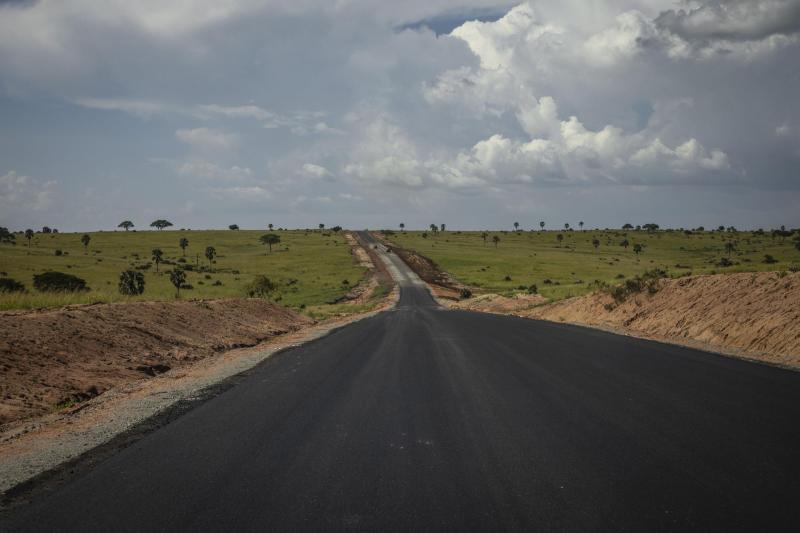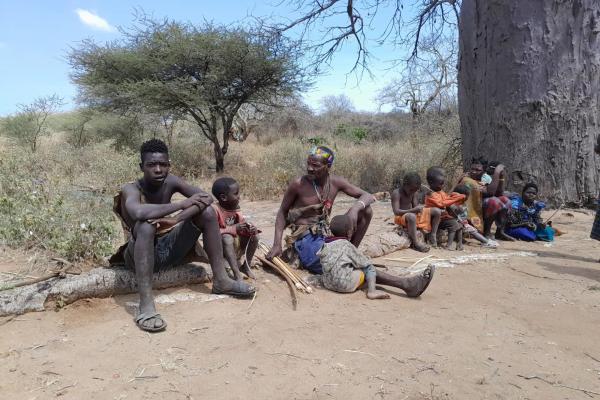The oil will affect 20,000 square kilometers of wildlife: oil will be drilled mainly at the Tilenga site in Murchison Falls National Park, home to the last populations of Rothschild giraffes, and transported to Kabaale, where the start of the EACOP pipeline crosses between the tropical forests of Bugoma and Wambabya, cutting off corridors of endangered chimpanzee species. At the end of the route, the pipeline will terminate at the boundaries of the Tanga Coelacanth Marine Park, where mangrove forests will be decimated for construction of the new terminal and African coral reefs will be affected.
EACOP has come under strong attack from local activists and environmental organizations who are deeply concerned because it jeopardizes the fight against climate change. Moreover, it violates the Paris international agreement with an estimated production of 34 million tons of CO2, twice as much as Uganda and Tanzania's emissions combined as of 2021.
This story portrays the threatened ecosystems in Uganda and Tanzania, as well as the direct effects on local communities in a world where global warming is a reality while the planet's energy needs continue to grow.
Photo: © Pablo Garrigós Cucarella






